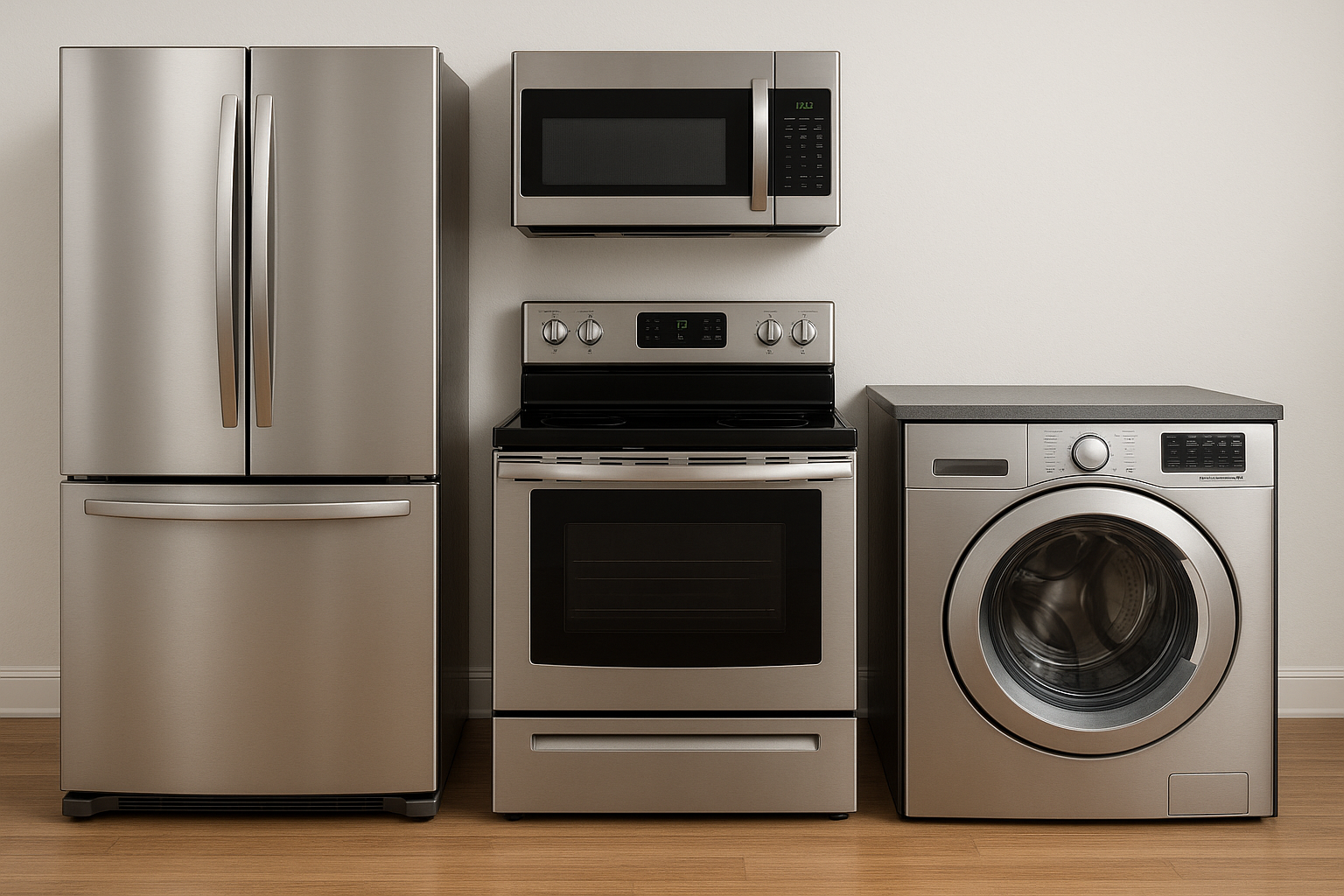Do Older Appliances Outlive Newer Ones?
Written by Arbitrage • 2025-09-25 00:00:00

For many homeowners, the lifespan of modern appliances feels frustratingly short compared to the rock-solid reliability of older models. Ask anyone who grew up in the mid-to-late 20th century, and they'll tell you stories of refrigerators, washing machines, and ovens that ran faithfully for decades with minimal repairs. In contrast, today's sleek, high-tech appliances often seem to need repairs (or outright replacement) within just a handful of years. Modern appliances may be more efficient and packed with features, but they seem to trade durability for convenience and cost savings. So, what happened?
One major factor is the shift in manufacturing priorities. Technicians today blame an industry push towards computerization, an increase in the number of individual components, and the use of flimsier materials like plastic and aluminum rather than steel. The results of these trends are appliances that break more frequently, and are also harder and more costly to repair. Decades ago, the focus was on creating a product that would last because consumer culture didn't yet revolve around constant upgrades. Now, many appliances are made with less expensive materials, which reduces production costs and keeps prices competitive - but also makes them more susceptible to wear and tear.
Another culprit is the rise of complex technology. Modern appliances are loaded with sensors, digital displays, and smart features that improve convenience. But they also add points of potential failure. A 1970s washing machine had a relatively simple mechanical system; if something went wrong, repairs were often inexpensive and straightforward. In contrast, today's machines may require specialized parts or software updates, making repairs more costly and, in some cases, not worth the expense. The European Union has put in place "right-to-repair" rules that require manufacturers to produce replacement parts for at least ten years and design their machines to be fixable with everyday tools. While there's no federal "right-to-repair" laws in the United States, a handful of states have passed them.
Planned obsolescence (a business strategy where products are intentionally designed with a limited lifespan) also plays a role. While manufacturers may not openly admit to it, shorter product life cycles can encourage repeat purchases, ensuring a steady stream of sales. This is especially effective in a market where new features and styles are regularly marketed as "must-have" upgrades.
Over the years, Americans' consumer habits have changed. In earlier decades, people were more inclined to repair rather than replace appliances, often calling a local technician to swap out a worn part. Today, with fast delivery options, frequent sales, and a culture that values "new" over "fixed," replacing an appliance can seem more appealing than repairing it. This shift not only reduces the average lifespan of appliances in our homes but also feeds into the perception that they aren't built to last.
Researchers Kamila Krych and Johan Berg Pettersen in the Department of Energy and Process Engineering at the Norwegian University of Science and Technology raised a possible explanation for the decline in washing machine lifespans: we use them more than we used to. "An average Norwegian family of four ran two washing cycles per week in 1960 but eight in 2000. This change in laundry habits is consistent with a general societal change in how cleanliness is perceived in Western countries. Given that the durability of washing machines is generally given as the number of cycles and that a change in laundry habits results in more cycles per year, we could expect more frequent replacements of washing machines."
While you can't turn a new appliance into a 1970s workhorse, there are ways to extend its lifespan. First, follow the manufacturer's maintenance guidelines closely, including regular cleaning of filters, vents, and coils. Keep appliances level and in a well-ventilated space to prevent unnecessary strain on motors and compressors. Avoid overloading washers, dryers, and dishwashers, which can wear out parts faster. Surge protectors can help protect sensitive electronics from power spikes, while prompt attention to small issues (such as unusual noises or leaks) can prevent bigger, costlier problems down the road.
Older appliances may not have had Wi-Fi connectivity or energy-saving modes, but they earned their reputation for longevity through sturdy construction and mechanical simplicity. While modern appliances trade some of that rugged endurance for convenience and innovation, they are undeniably more efficient and feature-rich. The result? A sleek machine that works wonders - until it doesn't.